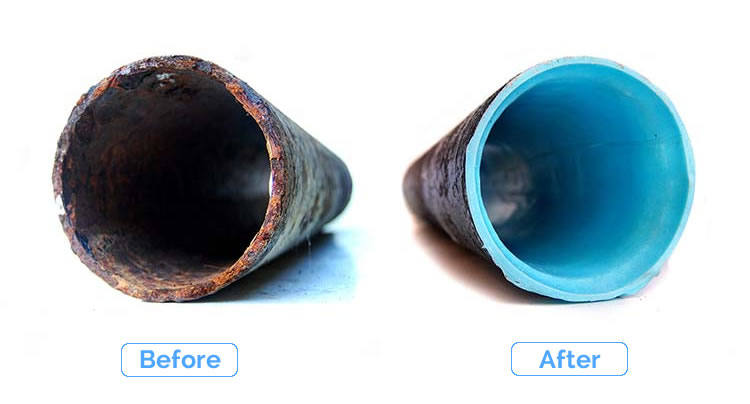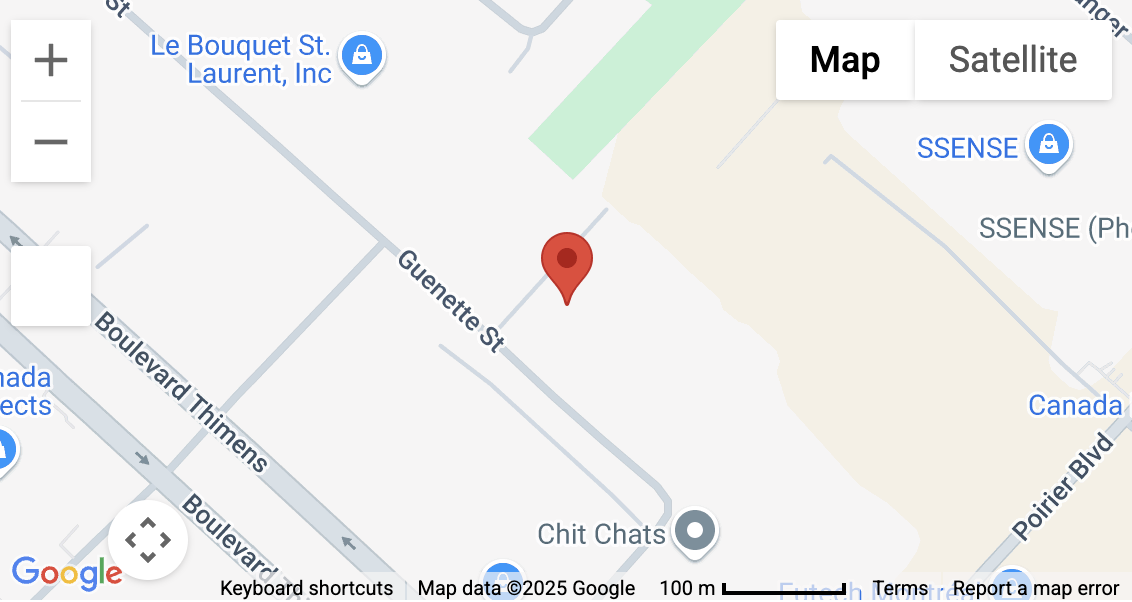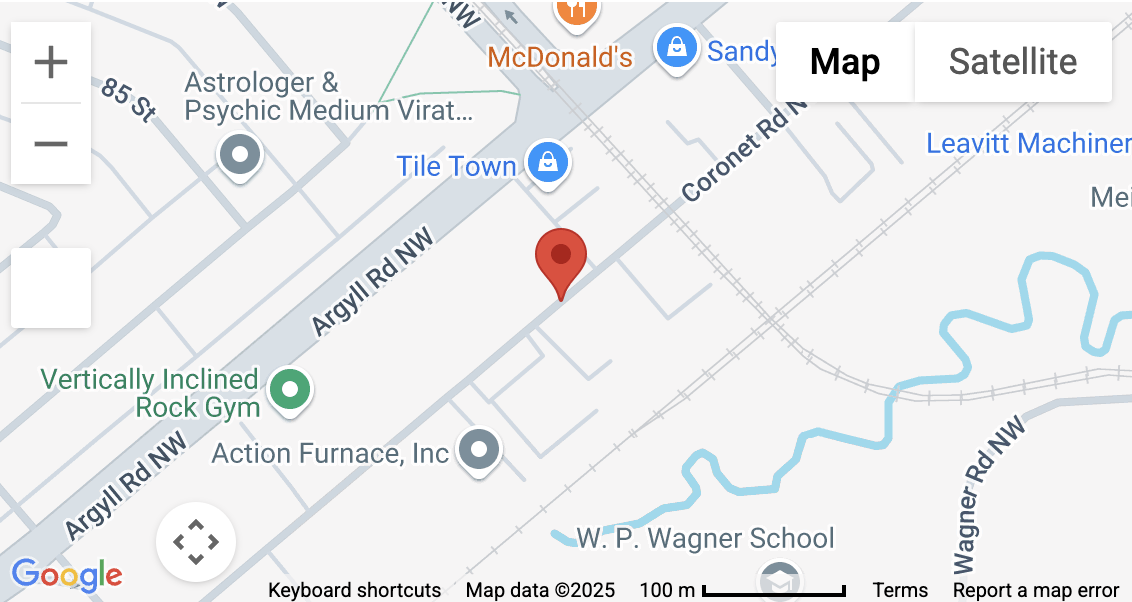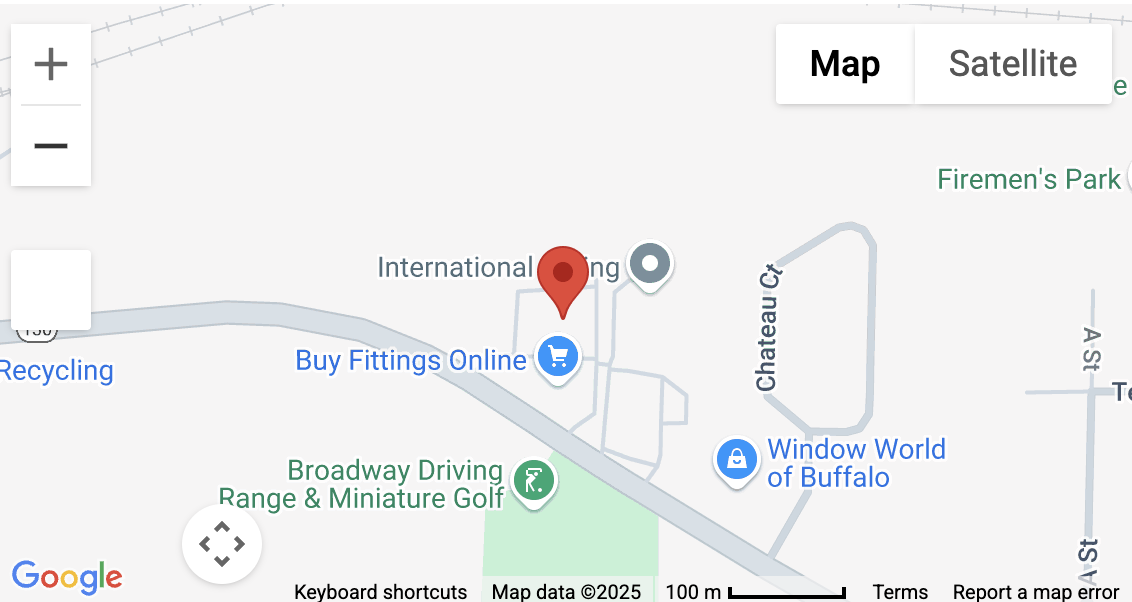What is Cured-in-Place Pipe (CIPP)?
Cured-in-Place Pipe (CIPP) rehabilitation is a realistic and cost-efficient alternative to extend the life of existing sewer lines. This procedure offers rehabilitation for pipes without the need to dig into the existing pipeline. This is a jointless method of restoration, and point repairs will help to improve flow quality and removes exfiltration and infiltration of the repair location.
Cured-in-Place Pipe (CIPP) spot repair only affects the areas which need to be restored, as opposed to the entire pipe. For example, if you have a 300-foot sewer line, only 18 feet of the pipeline may require service. Using CIPP provides you the opportunity to do spot repair on just these 18 feet instead of requiring you to service the entire pipeline. This procedure saves both time and money for everyone involved.
The CIPP Process
The Cured-in-Place Pipe rehabilitation procedure can be fitted within a couple of hours, without causing any disruption to the line. Getting access to the exact pipeline from the nearest manhole or clean out. During CIPP process, a high velocity jetter clears away all debris out of the pipeline. The next phase would be conducting a video inspection. This helps the specialist to discover the precise location of the damage. At the spot of the damage, an uncured “tube” made from is placed with the help of a video camera.
The rehabilitation material is pressed securely against the pipe’s inner wall with hot air pressure or water, and then it is cured . This resin mixture used is a saturated mat made of felt. This mixture then wraps on a bladder placed into the sewer pipeline. This all takes place within the actual pipe. After the appropriate amount of curing time, which is usually between two and four hours, the bladder will be deflated, removed, and the repair process is finished.

Benefits of Cured-in-Place Pipe (CIPP)
There are several benefits available from engaging this cipp restoration technique. The first benefit of choosing CIPP happens in your account book. It is a more cost-effective choice. CIPP also provides an extended lifespan, saving you money the long run. Additionally, the pipe repair installation process eliminates the intensive labor, digging and the inconveniences of traditional pipe replacement. Cured-in-Place Pipe (CIPP) also eliminates damage to existing structures as the procedure is carried out entirely underground without the need for excavation or large-scale digging.
Testing of CIPP installations
Testing of Cured-in-Place Pipe installations that the materials used comply with the site and engineering requirements. Since ground and ambient installation conditions the success or failure associated with a cure cycle, usually, testing is performed by a third-party laboratory.
Testing per standards ASTM F1216, ASTM D790, ASTM D5813, ASTM D3567, ASTM D2122 together with other applicable methods. Paragon Systems Testing is an ISO 17025 accredited testing laboratory.
If you decide to use Paragon Systems Testing as your Cured-in-Place Pipe (CIPP) testing partner, you will not only follow testing regulations, but you will certainly be protecting the environment along with your community.
Don’t hesitate to get in touch with us for any questions you could have or to request a quote. We are here to help.



